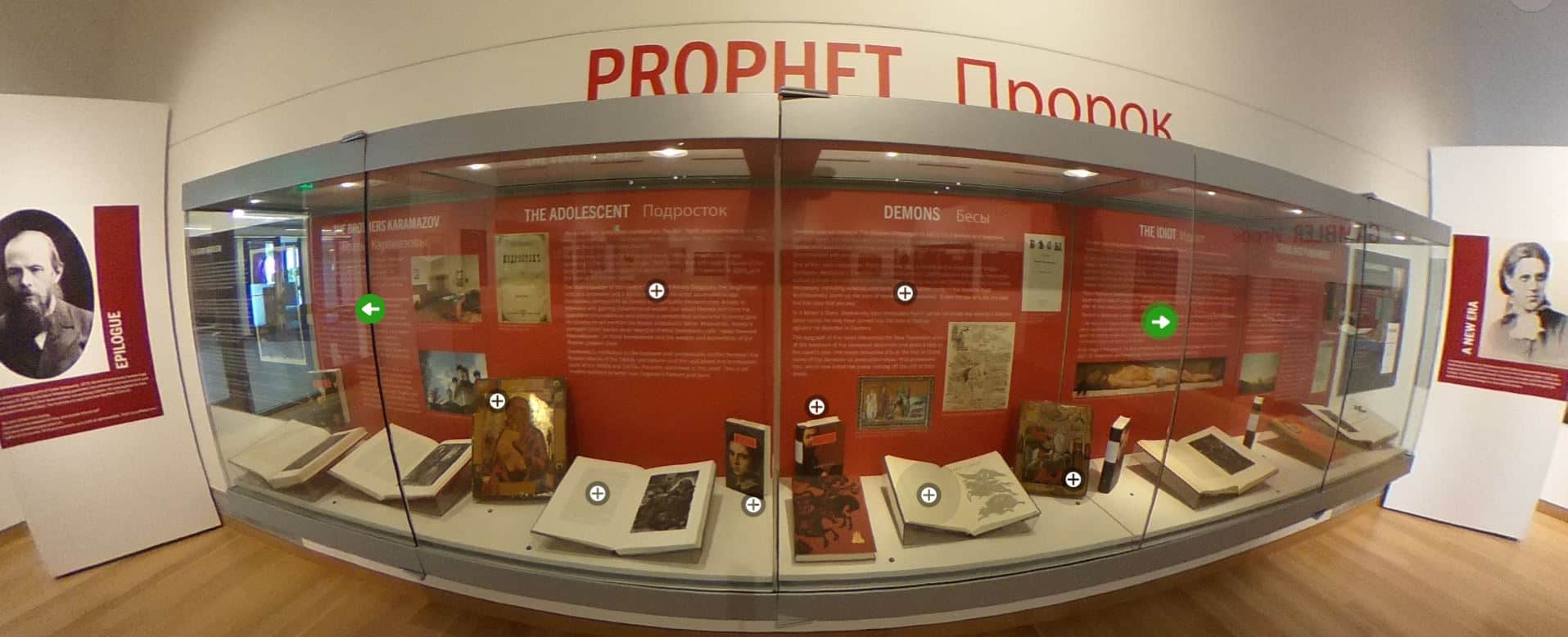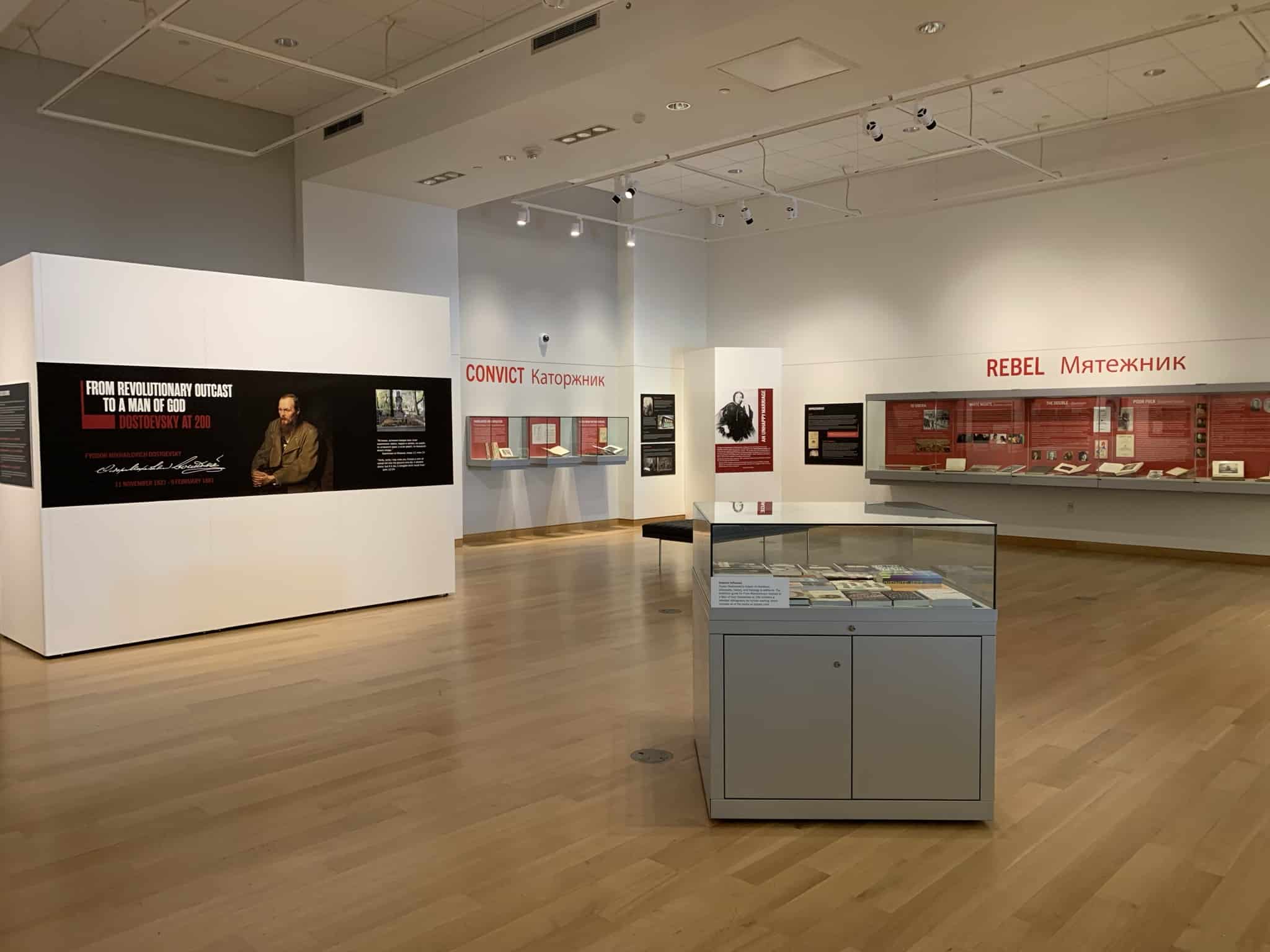For those distant to campus, or who would like to experience the latest Main Library Gallery exhibition from home, a virtual tour of From Revolutionary Outcast to a Man of God: Dostoevsky at 200 is now available online. Visit the virtual exhibition by clicking here, or on the image below. The tour features 360° photos ofContinue reading “‘From Revolutionary Outcast to a Man of God: Dostoevsky at 200’ Exhibit Virtual Tour Launched”
Monthly Archives: August 2021
Relating to Dostoevsky: A Q&A with Exhibit Curator Anna Barker
The Fall 2021 exhibition is now open in the Main Library Gallery. From Revolutionary Outcast to a Man of God: Dostoevsky at 200 was curated by Anna Barker, an adjunct assistant professor in the Asian and Slavic Languages and Literature department at the University of Iowa. Her selections and research, coupled with bold exhibit designContinue reading “Relating to Dostoevsky: A Q&A with Exhibit Curator Anna Barker”
Fall Exhibit Open August 16: ‘From Revolutionary Outcast to a Man of God: Dostoevsky at 200’
The Fall 2021 Main Library Gallery exhibition, From Revolutionary Outcast to a Man of God: Dostoevsky at 200, will open on August 16. Curated by Dr. Anna Barker, University of Iowa professor of Russian literature, the exhibition is dedicated to the life and work of Russian writer Fyodor Dostoevsky (1821-1881) and covers the entirety of Dostoevsky’sContinue reading “Fall Exhibit Open August 16: ‘From Revolutionary Outcast to a Man of God: Dostoevsky at 200’”


